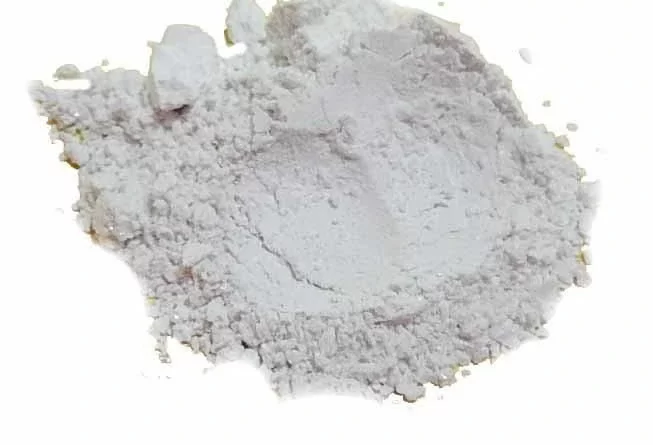Graphene in the application of biosensors
Graphene has gained significant attention in recent years due to its remarkable properties and versatile applications. One of the emerging fields where graphene shows great promise is in the development of biosensors. Biosensors are analytical devices that combine a biological component with a transducer to detect and monitor specific biological analytes. With its unique properties, graphene holds tremendous potential for revolutionizing biosensing technology and enabling advanced diagnostic and monitoring capabilities.
Enhanced Sensitivity
The exceptional electrical conductivity and high surface area of graphene make it an ideal material for enhancing the sensitivity of biosensors. Graphene’s 2D structure allows efficient charge transfer and provides a large number of active sites for biomolecule immobilization. This enables biosensors to detect analytes at extremely low concentrations, making them more sensitive than conventional sensors. The high surface-to-volume ratio of graphene further amplifies the signal response, leading to enhanced detection limits and improved accuracy.
Fast Response Time
Another advantage of graphene-based biosensors is their fast response time. Due to its thinness and excellent electrical conductivity, graphene facilitates rapid electron transfer between the biological component and the transducer. This results in a shorter time required for signal transduction, enabling real-time monitoring of biological processes. The fast response time of graphene-based biosensors is particularly useful in medical applications where quick and accurate detection of biomarkers is crucial for timely diagnosis and treatment.
Multiplexing Capabilities
Graphene’s unique properties also enable the development of biosensors with multiplexing capabilities. Multiplex biosensors can simultaneously detect multiple analytes in a single sample, providing a more comprehensive and efficient analysis. By functionalizing different areas of graphene with specific biomolecules, it is possible to create a sensor array that can detect various analytes. This opens up possibilities for simultaneous monitoring of multiple diseases or biomarkers, leading to improved diagnostics and personalized medicine.
Flexible and Portable Devices
Graphene’s mechanical flexibility and compatibility with various substrates make it an excellent candidate for flexible and portable biosensor devices. Graphene can be easily integrated into wearable sensors, enabling continuous monitoring of health parameters. Its lightweight and compact nature also make it suitable for point-of-care testing, bringing diagnostic capabilities closer to the patient. The flexibility of graphene-based biosensors allows for non-invasive and unobtrusive monitoring, revolutionizing healthcare and improving the quality of life for patients.
Conclusion
In conclusion, graphene offers unique advantages in the field of biosensors, including enhanced sensitivity, fast response time, multiplexing capabilities, and flexible/portable device integration. These properties pave the way for the development of highly sensitive, real-time monitoring devices that can revolutionize healthcare and diagnostics. With further research and advancements in graphene-based biosensors, we can expect to see significant improvements in disease detection, patient monitoring, and personalized medicine.
TRUNNANO (aka. Luoyang Tongrun Nano Technology Co. Ltd.) is a trusted global chemical material supplier & manufacturer with over 12 years experience in providing super high quality chemicals and Nano materials such as graphite powder, boron powder , zinc sulfide , nitride powder, Boron nitride, Molybdenum disulfide, 21D printing powder, and so on.Film forming mechanism and application characteristics of potassium silicate in coatings
Film forming mechanism and application characteristics of potassium silicate in coatings
ZrO2 exhibits excellent properties
.webp)

